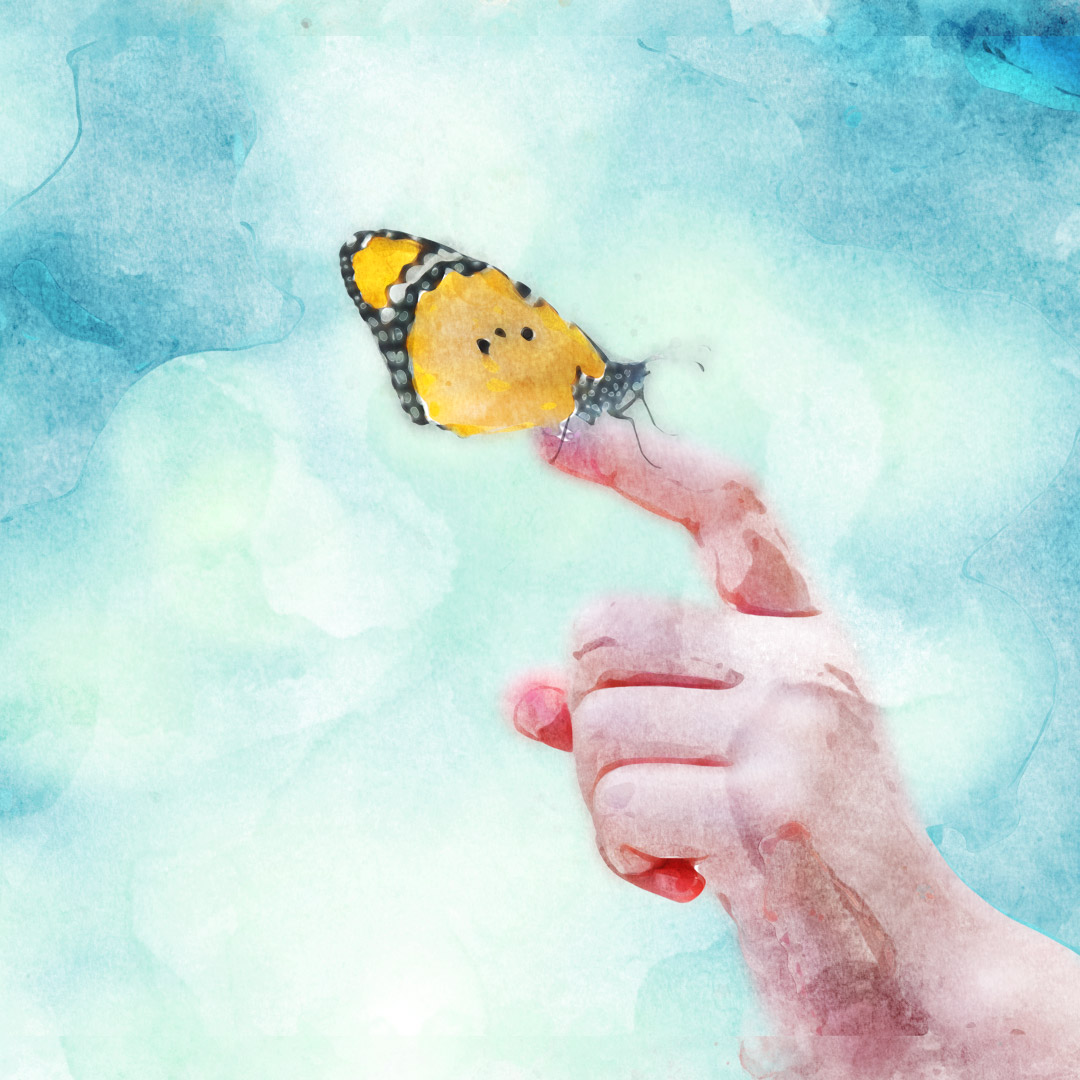Mahavakya Meditation involves using any of the four great sayings from the Vedas as the object of meditation(1), helping meditators to attain wisdom and insight(2).
When there is harmony between the mind, heart, and resolution, then nothing is impossible.
-Rig Veda
The four Vedic Mahavakyas are(3):
- Prajnanam Brahma: Consciousness is Brahman
- Tat Twam Asi: That you are
- Ayam Atma Brahma: This Atma (Individual Self)(1) is Brahman
- Aham Brahmasmi(1): I am Brahman
The primary meaning of Brahman is the Supreme God(4). The Mahavakyas are each connected to the Brahmas, and they have great importance of spiritual practices and meditation(2). These are small sayings which hold the primary wisdoms offered in sacred texts. With the Mahavakyas, the meditators can contemplate upon specific spiritual concepts and ultimately attain unbounded consciousness(2). However, it can take anywhere from days to an entire lifetime or beyond to attain the result. It depends on the spiritual evolution of the practitioner’s soul.
“Do not be led by others,
awaken your own mind,
amass your own experience,
and decide for yourself your own path.”-Atharva Veda
During Mahavakya Meditation, the practitioners can use these “grand saying” mantras and chant them to realize their True Self(2).
History/Origins
Prajnanam Brahma can be found in Aitareya Upanishad of Rig-Veda, Aham Brahmasmi is from Brihadaranyaka Upanishad of Yajur-Veda, Tat Twam Asi is available in Chhandogya Upanishad of Sama Veda, and Ayam Atma Brahma can be found in Mandukya Upanishad of Atharvana Veda(5).
The truth of the Mahavakyas has also been described in the Bhagavad Gita, in which each chapter offers insights into the great sayings(3). In the chapters of this holy book lie the secrets of how a meditator can attain liberation with the help of the Mahavakyas(3).
Benefits
A research article published in the BMJ Open Journal(6) informs that meditation techniques, which involve repeating a phrase like mantra or Mahavakya, can reduce stress. The article also suggests that the method can help develop attention and awareness, while improving emotion regulation, especially in emergency department staff. Another study(7) shows that similar techniques can not only help manage stress, but can also positively impact problems related to depression.
Tat Twam Asi: That you are
References
- SkyLight Paths Pub | Meditation & Its Practices: A Definitive Guide to Techniques and Traditions of Meditation in Yoga and Vedanta by Swami Adiswarananda | Page 149
- yogapedia.com | Mahavakya
- Partridge Publishing India | Srimad Bhagavad Gita: A User’s Manual for Every Day Living by T. N. Sethumadhavan | Chapter 7
- Cosmo Publications | The Vedantasutras Of Badrayana (Volumes, 2 Set), Edited by B. D. Basu and S. C. Vasu | Page 13
- sivanandaonline.org | Meditation on Mahavakyas
- BMJ Open | Volume 8, Issue 9 | 2018 | Mantra Meditation Programme for Emergency Department Staff: A Qualitative Study by Julie Lynch, Lucia Prihodova, Pádraic J Dunne, Caoimhe O’Leary, Rachel Breen, Áine Carroll, Cathal Walsh, Geraldine McMahon and Barry White
- Research on Social Work Practice | Volume 13, Issue 1 | Page 27-42 | Examining the Effects of Meditation Techniques on Psychosocial Functioning by David B. Wolf and Neil Abell






